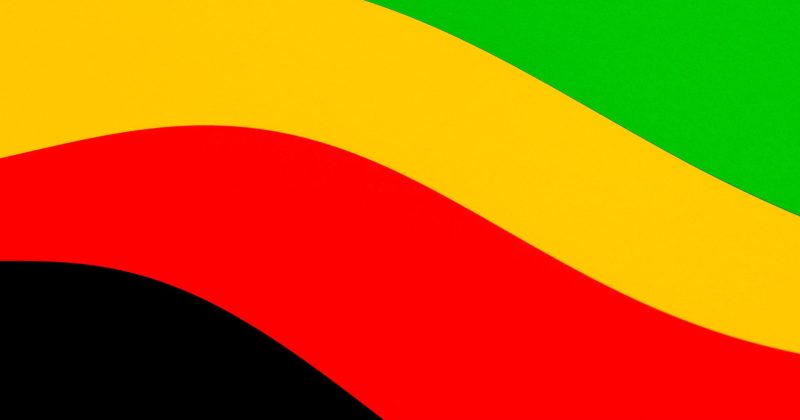Susan O'Rourke | March 6, 2024

Throughout February’s celebration of Black History Month, we have been thinking about the many frameworks that allow us to study the diversity of Black experiences, identities, and more from a global perspective and the importance of centering Black voices year-round. Educators continuing to infuse their curricula with the stories, accomplishments, and experiences of Black writers, leaders, scientists, poets, and more can consider the following frameworks:
- Study the Multiplicity of Identities: When discussing historical figures, consider researching and discussing with students the ways these figures described and understood their identities. For example, the editors of the The Cambridge History of Black and Asian British Writing encourage readers to note that “writers… ([including those who] settled in, or spent significant periods of time in Britain,) may well have been described or have wished to describe themselves otherwise: whether as British, Scottish, Irish, Indian, Caribbean, African, Sinhalese, Trinidadian, Ethiopian, ‘Negro’, Asiatic, African Briton, woman, queer, with multiple dentifications as BAME—or simply as writer.” In his article, “Reflections on Global Black Dis/Connection,” Prof. Zachary Mondesire provides a personal reflection as he analyzes the multifaceted concept of Black identity while traveling throughout the African continent to do research. As students study Black history, invite them to consider the multiplicity of identity and how identity is shaped by context and region.
- Reflect on LaGarrett J. King’s “principles around Black history teaching.” King invites educators to use these “principles [which are] are designed for flexibility and nuance…. as they develop curriculum and instruction in the classroom.” This practice includes teaching about:
- Africa and the African Diaspora
- Agency, Resistance, & Perseverance
- Community, Local, and Social Histories
- Black Futurism
- Diversify Representation through Media Materials: Educators might consider evaluating the extent to which media used in class (historical documents, artwork, photos, videos, data visualizations, timelines) represents Black histories and experiences. Doing so can help ensure that Black stories are represented through diverse forms. Further, educators can reflect on the extent to which media on Black histories and experiences encompasses both the “hard histories” as well as accomplishments and stories of Black joy (see below).
- Discuss Black Joy: Experts note the importance of “focusing on aspects of Black history and culture that aren’t centered on violence, trauma and struggle…. [In doing so, educators can help [their] students recognize the many ways in which Black people have contributed to, inspired and created American culture while also leading the way in advocating for civic participation, inclusion and equitable spaces.”
- Consider Canonicity: Upper-level literature students may be interested to understand how the literary canon was developed and how recent movements have brought attention to the need to include more works by Black writers.
Educators can explore the following resources as they delve deeper into global Black history.
- Global Resources: African Collection (GTCC)
- Council on Foreign Relations: Middle East and North Africa: Teacher Resources and Higher Education Study Guide
- Council on Foreign Relations: Sub-Saharan Africa: Teacher Resources and Higher Education Study Guide
- Video Lesson: Where Are You REALLY From? Black Migrations and Immigration, Explained | Say It Loud (Georgia Public Broadcasting)
- Curriculum Guide: Hidden Voices: Stories of the Global African Diaspora Volume 1 (Ancient World – 19th Century) (We Teach NYC)
- Slideshow: African/Black Women Global Leaders THEN and NOW (Howard University)
- Webinar: Latinx History Is Black History (Learning for Justice)
- African and Caribbean Art and STEAMA Lessons/Activities
- NC Museum of Art: Global African Arts Math, Social Studies, Visual Arts Lesson: Patterned Crowns and Dance, Social Studies, Visual Arts Lesson: Bamana Crest Masks: Culture, Creation, and Choreography
- Bermuda National Gallery: A Sense of Belonging Exhibition with Kids Activity Book and Threads Unravelling Exhibition and Kids Activity Sheet
- Article: “Teaching Black History in Culturally Responsive Ways” (Edutopia)
- Article: “Teaching Black History Beyond Bondage—All Year Long” (Edutopia)
